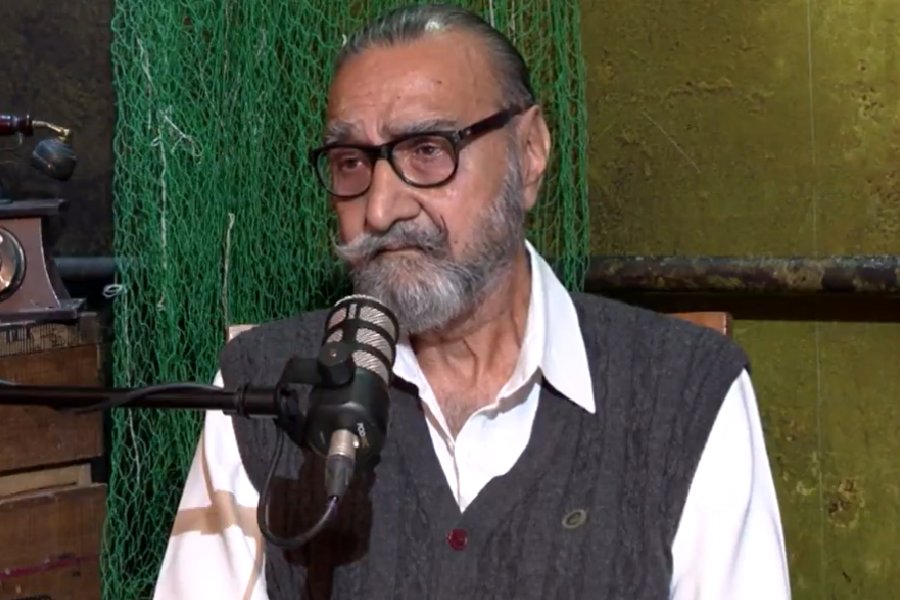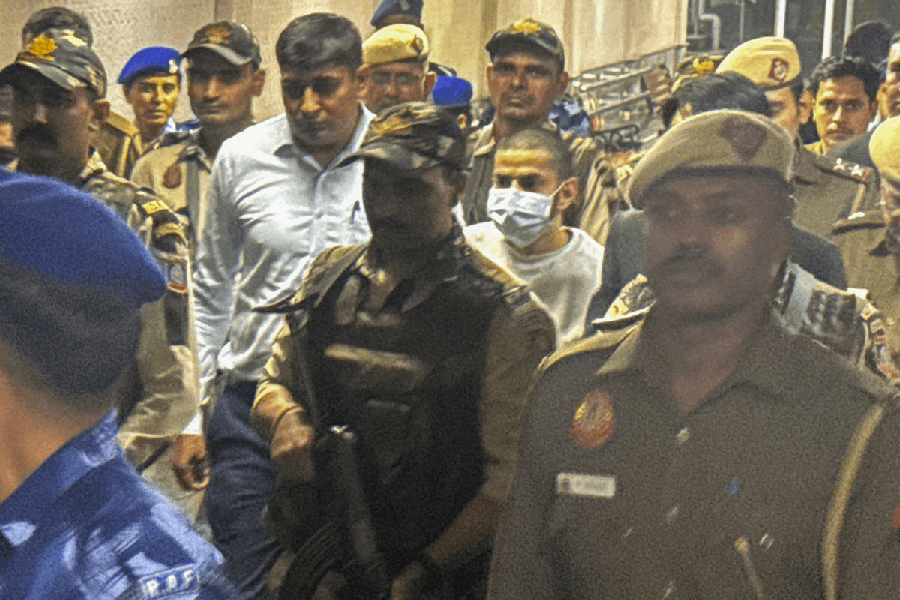India has progressed from being a country with frequent famines and malnourished children to a superpower with 14.5 million unhealthy and obese children. About 35-40 per cent of children studying in private schools have a BMI (weight divided by height in metre squared) greater than 30.
We might be tempted to equate obesity with prosperity — “He (or she) is so fat and nice” is a sentiment often echoed by proud family members — but childhood obesity is dangerous. It is a precursor of “metabolic syndrome” with high sugars, triglycerides, high blood pressure and a large waist circumference. Such children tend to snore and develop sleep apnoea. Their sleep is fitful and intermittent. There are several subconscious sleep-wake cycles. They have difficulty waking up in the morning, making it to school on time and staying awake throughout the day. Teachers may complain that they sleep in class. Obese children tend to mature early. In the case of girls, menarche may occur as early as nine years.
Eventually, by the time they reach their late twenties or early thirties, these children can develop diabetes, fatty liver and early osteoarthritis of the weight-bearing joints (hips and knees), which are unable to support the excess body weight.
Obese children often eat high-calorie, low-cost, nutrient-poor foods. Ready-to-eat snacks and aerated cold drinks that provide empty calories are now freely available. Parents find it easier to purchase these. After some time, children prefer the taste and flavour of these foods. They are obese, but their diet is deficient in vitamins and micronutrients. The diet is particularly likely to be deficient in iron, zinc, Vitamin D and the B complex group of vitamins. This problem is compounded because after eating the snacks, they are uninterested in normal healthy meals. They suffer from a paradoxical combination of malnutrition and obesity.
It is very easy to blame “genes” for obesity. The entire extended family may be obese and put on weight easily. More often than not, when the family’s eating habits and lifestyle is analysed, it is found that they do not exercise enough and high-calorie snacks are readily available and enjoyed by all. Children learn by watching the adults at home.
Children may not have a safe place to exercise. Also, their parents might prefer that they stay at home and watch television or play games on their cell phones as that is “safer”. Structured activities and sports centres may be far away and not easily accessible.
Once a child turns three, he or she needs 60 minutes of structured activity daily. They can run around the house or go up to a terrace or verandah and walk or run in a figure of 8. No child is going to do this of their own violation; for some time, at least, they need to be accompanied by a parent who is also doing the same activity. Cycling and swimming are other good alternatives. If all this seems too boring, try to make sure the child plays actively, like hide and seek or catch. An hour spent on activities is not time wasted from studies and tuition.
Many children respond to stress by overeating. It may be family problems like alcoholism or marital discord, or problems at school. It is important for a child it grow in a peaceful environment.
Try to provide wholesome food with fruits as snacks. Avoid sweetened cool drinks and packaged sweetened juices. Don’t allow them to eat meals in front of the television or snack mindlessly while watching. Try to get the child interested in a sport or activity like dancing. It will keep their mind off eating as they develop the desire to be fit. A regular sleep-wake schedule is also important. Children need 8-9 hours of sleep.
The writer has a family practice at Vellore and is the author of Staying Healthy in Modern India. If you have any questions on health issues please write to yourhealthgm@yahoo.co.in










